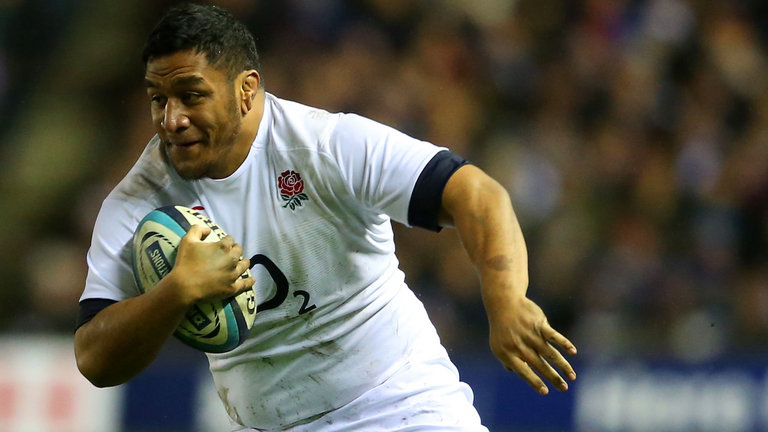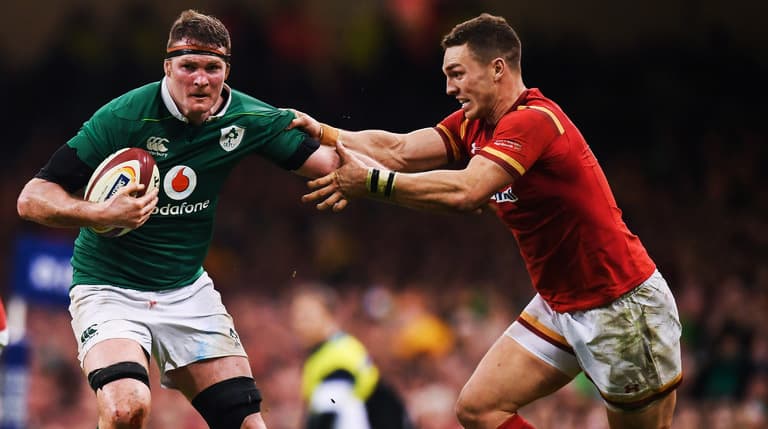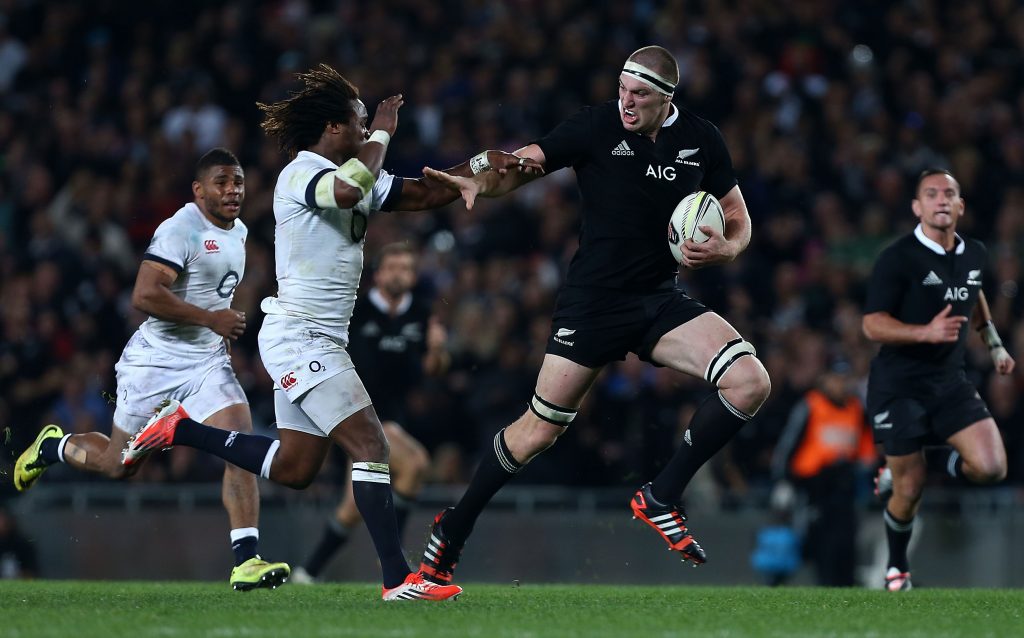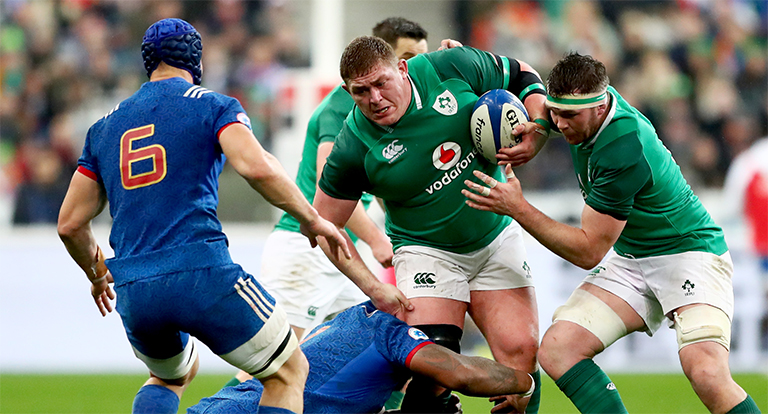A Look At The Ever-Changing Role Of The Tight-Five Forward
Luke Hennessy
Latest posts by Luke Hennessy (see all)
- A Look At The Ever-Changing Role Of The Tight-Five Forward - February 13, 2018
- The Big Talking Points Ahead Of The Six Nations Kick-Off This Weekend - February 1, 2017
Evolution.
So here we are again, reflecting on what was yet another weekend full of enthralling domestic and international rugby.
With the obvious talking points being Italy’s relevance in the Six nations beyond this season, ‘try-gate’ at Twickenham and the scandal surrounding the French players’ antics following their defeat at Murrayfield.
However, I’ve decided to focus my attention away from any contentious topics and celebrate the impact of tight-five forwards in the modern game.
With some of the displays on show from the forwards across the Six Nations over the weekend, it was clear to see the difference in what is expected of them in the game today compared to a few years ago. Even the iconic figures of Donncha O’Callaghan, Paul O’Connell, Brian Moore and Adam Jones would struggle to perform at the level and intensity shown by some forwards these days.

I start my analysis with Joe Launchbury. Purely for the fact he has been one of the most consistent forwards in England over the last 4 or 5 seasons, and still was left at home for the Lions tour last summer. Many of the pundits put his performance down to him ‘proving a point’ to Warren Gatland for not picking him. Yet followers of domestic rugby in England would acknowledge that his performance on Saturday is typical of Launchbury. Hence their confusion at his omission from the touring squad last summer.
With an immense tally of 19 tackles and 13 carries on Saturday evening, as well as the wonderful assist for Jonny May’s second try, his statistics are indicative of his engine and work-rate. These have become synonymous with the player since he burst onto the scene with Wasps. For many purists of the game who appreciate his simple approach to the fabrics, Launchbury was far and away man of the match on Saturday. But was pipped to the honour by the also excellent Mike Brown.

But it wasn’t just Launchbury that defied the traditional stigma of the tight-five. The ever-improving Mako Vunipola chipped in with 15 carries and 17 tackles himself. A statistic unheard of for many a year for a loosehead prop. This, on top of a world class scrummaging performance, highlighted why he is regarded by most as the best prop forwards in world rugby by now.
The astounding performances got me thinking about how much the modern forward has changed. And how much more influential they are becoming in big games in comparison to the predecessors. Gone are the days (sadly) of the beer-guzzling, pot-bellied props, who would class a handful of catches and a couple of snag tackles as a bonus on top of their primary function of pushing and lifting.
Even the gangly, angry second-row forwards, who would consider a couple of line-out wins and a punch up a successful afternoons work. are now a thing of the past. These guys are now finely tuned athletes, as quick as some wingers, as mobile as centres with the creative flair of a fly-half.
The modern game has adapted so much that forwards are now essentially products of evolution. And I for one, am extremely glad.

I recall a few years ago when a tall, muscular, rangy winger, going by the name of George North announced himself on the international stage with a brace of exceptional tries against reigning world champions South Africa. His presence on the field and the sheer size of the man was a buck in the trend not only for backs, but also for forwards. I distinctly remember overhearing someone proclaiming, “bugger me, he’s the size of a second row!”
I don’t know why, but that comment has stuck with me ever since and now I feel it is even more relevant. Merely eight years ago, the second-row forward had evolved into a behemoth figure. The biggest, toughest, and often ugliest, player on the field. Using their sheer mass to enforce themselves on the game. Big carries, even bigger tackles and increasing the average height of a side by a good 5 inches.
The kind of players that were profiled due to their natural size and created into rugby monsters in academies all over the world. George North might have been the size of one, but their roles and skill sets were at polar opposites.

Fast forward to 2017. Brodie Retallick has just finished off one of the tries of the year for the All Blacks, following a move that started deep in his own half. The enormous, rampaging figure of the lock galloping the length of the field in unison with his typically smaller and more nimble peers. And he doesn’t look one bit out of place.
This for me sums up the transition rugby forwards have made over the years, as simple as it seems. From Joe Launchbury covering every blade of grass at Twickenham on Saturday, Ross Batty and Nick Auterac scoring tries out wide for Bath on Friday evening. And Jonny Gray seemingly taking on France on his own on Sunday afternoon, to what are now trademark displays of running in tries from 40 metres regularly from Dane Coles, Codie Taylor and Sean Cronin (all hookers!).
The job of a tight-five forward has changed drastically, and I feel it has benefitted the game enormously. Even the most traditional of rugby fans can’t argue against seeing a player running the length of the field, passing the ball out the back and putting in a grubber past the fullback to score.
Regardless of the number on his back.


